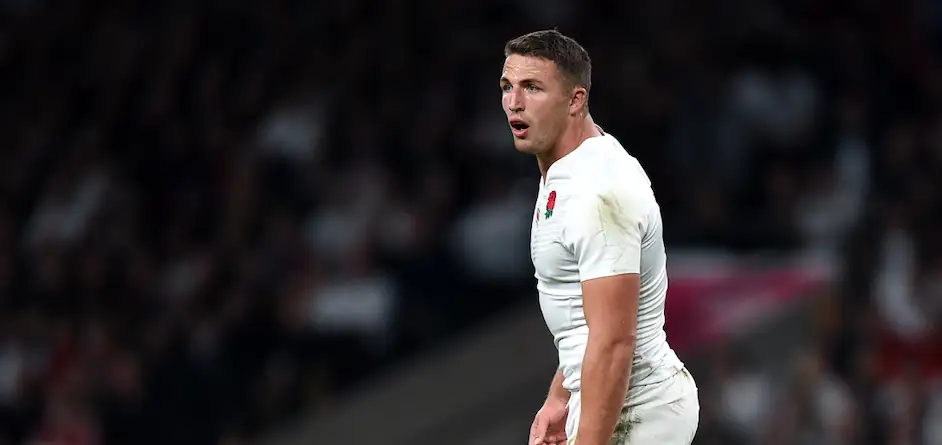League stars sticking with 13-man code

There was a time in the British Isles when rugby league was losing some of its top talent to rugby union. Those times appear to have come and gone, and now rugby league is keeping the players supporters really want to see.
Times gone by
Looking back at the two codes over the last couple of decades, you would see British and Irish union teams littered with stars who had made their names in rugby league. Jason Robinson, Chris Ashton, Andy Farrell and Sam Burgess all played for England in the 15-man form of the game. For the Celtic nations, Alan Tait with Scotland and Scott Gibbs with Wales, also enjoyed success in union.
But looking at the tryscorer markets in the Six Nations teams betting after the first round of the 2021 tournament, and you will be hard-pressed to find a former rugby league player. Of course there are England stars who grew up in and around rugby league in the north of England. Red Rose skipper Owen Farrell and fellow fly-half George Ford being prime examples. But no longer do you see Super League’s top players being lured over to union in the numbers they once did.
The Burgess effect
Perhaps the example of Sam Burgess and his well-documented time in union has discouraged others to make the leap. A player who was loved in the NRL with the South Sydney Rabbitohs, Burgess looked for a new challenge in union with Premiership side Bath. The Yorkshireman was then fast-tracked into the England squad ahead of the 2015 World Cup.
With England becoming the first host nation to crash out in the pool stages of their own World Cup tournament, Burgess appeared to be used as a scapegoat for the failings of the side. In fact looking at his performances, England looked better when he was on the field. That seemed to matter little and after a turbulent spell, Burgess soon returned to the rugby league family.
Codes further apart than ever
Like Burgess found, when being swapped back and forth between flanker and centre in union, is that the positions in both codes are becoming more and more specialised. The attention to detail that now goes into coaching in league and union in the professional age means the sports are drifting further and further apart.
One upon a time, any fast and physically strong player could do a job in either code, but both sports have moved past that into a new age. What this means for league is that the 13-man code looks to be keeping more and more of its star players. Of course there may well be exceptions down the line, with players able to swap either way. But it’s a positive development in rugby league that will have fans of the sport watching the best possible product on the field.